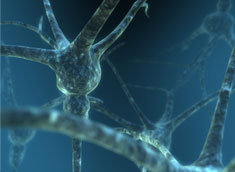RESEARCH
ARTICLES
_______________________________________________________
Nuwer,
M. R. et al. Somatosensory evoked potential spinal cord monitoring
reduces neurologic deficits after scoliosis surgery: results of
a large multicenter survey. Electroencephalogr. Clin. Neurophysiol.
1995; 96(1):6-11.
Wilson,
L. et al. Cost-Effectiveness of Intraoperative Facial Nerve Monitoring
in Middle Ear or Mastoid Surgery. Laryngoscope 2003; 113(10):1736-1745.
Wiedemayer,
H. et al. The impact of neurophysiological intraoperative monitoring
on surgical decisions: a critical analysis of 423 cases. J. Neurosurg.
2002; 96: 255-262.
Owen,
J. Cost efficacy of intraoperative monitoring. Seminars Spine
Surg. 1997; 9(4):348-352. Kombos, T. et al. Cost analysis of intraoperative
neurophysiological monitoring (IOM). Zentralbl. Neurochir. 2002;
63(4):141-145.
Austin,
E.H. et al. Benefit of neurophysiologic monitoring for pediatric
cardiac surgery. J. Thorac. Cardiovasc. Surg.1997;114:707-717.
Grant,
G.A. et al. Continuous somatosensensory evoked potential monitoring
during brain tumor resection. J. Neurosurg. 2002; 97:709-713.
Yingling,
C.D. et al. Identification of motor pathways during tumor surgery
facilitated by multichannel electromyographic recording. J. Neurosurg.
1999; 91:922-927.
Duffau,
H. et al. Usefulness of intraoperative electrical subcortical
mapping during surgery for low-grade gliomas located within eloquent
brain regions: functional results in a consecutive series of 103
patients. J. Neurosurg. 2003; 98:764-778.
PAGE
1 2
3 4
5 6
7 8
9 10
11 12
13 14
15 16
|







